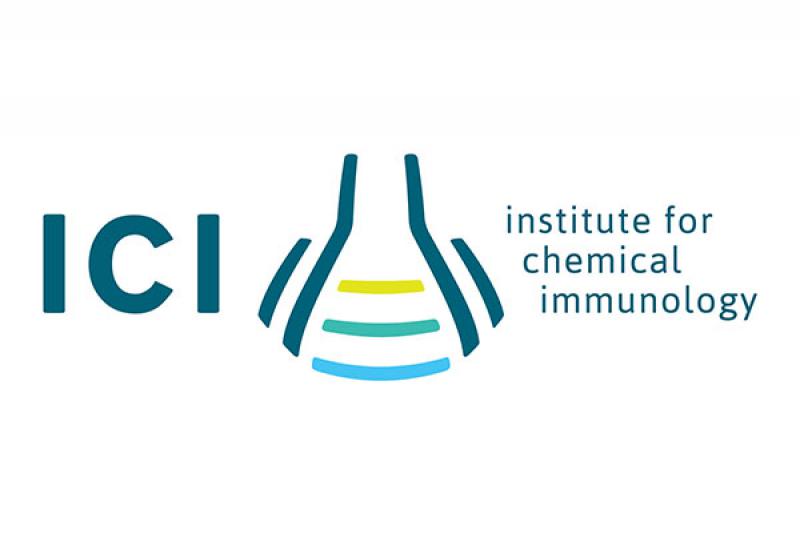Publication: Nanovaccines through adjuvant‐induced tumor antigen assembly

Vaccination is a powerful strategy to induce the activation of tumor‐specific effector immune cells, which is key for successful immunotherapy. However, the generation of effective anticancer nanovaccines is challenging. One of these challenges is the efficient co-encapsulation of antigenic peptides or proteins together with antigen-presenting cell activating adjuvants because of their differential physicochemical properties.
In a recent publication in the journal Small, Liping Qiu in the group of Carl Figdor and Martijn Verdoes (RadboudUMC) turned this disadvantage into an advantage by inducing antigen assembly using immune stimulating adjuvants.
This approach resulted in the generation of nanovaccines with superior antigen/adjuvant loading efficiency. To protect nanovaccines in circulation and to introduce additional functionalities, a biocompatible polyphenol coating is installed. The resulting functionalizable nanovaccines are equipped with a pH (low) insertion peptide (pHLIP) to facilitate endolysosomal escape and to promote cytoplasmic localization, with the aim to enhance cross‐presentation of the antigen by dendritic cells to effectively activate CD8+ T cell. The paper nicely demonstrates that pHLIP‐functionalized nanovaccine can induce endolysosomal escape and enhance CD8+ T cell activation both in vitro and in vivo. The preparation of nanovaccines of the clinically relevant tumor‐associated antigen NY‐ESO‐1 and the excellent capacity to elicit NY‐ESO‐1‐specific CD8+ T cell activation, demonstrate a high potential of this functionalizable nanovaccine formulation strategy for clinical applications.




